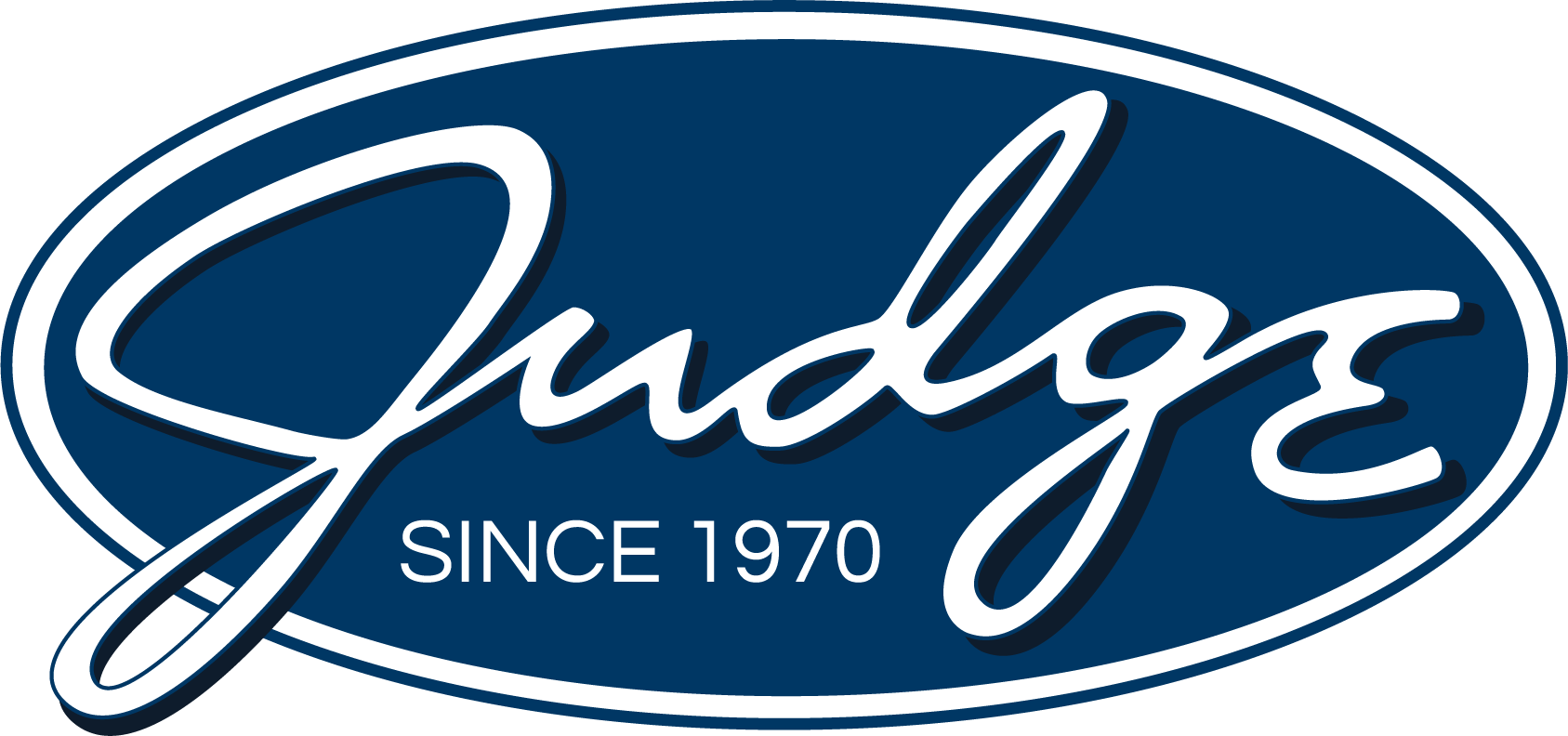Balancing Breadth and Depth for Effective Leadership Development
When designing leadership development programs, L&D professionals are constantly juggling the need to cover the basics while also diving deep into specific skills. The challenge lies in being strategic enough to handle the big picture, yet focused enough to master the details — all while keeping an eye on learner experience and smooth delivery.
Taking a broad-strokes approach to leadership training design gives leaders a comprehensive view of the key skills needed but often hovers at 30,000 feet, leaving them wondering how to apply these concepts in their day-to-day work. On the flip side, zeroing in on specialized areas builds real expertise, but risks creating leadership one-trick ponies whose skills don’t always translate across different scenarios.
How do you find the right mix? It’s all about tailoring the approach to your organization’s needs and the individual leaders you’re developing.
Factors That Tip the Scale
When navigating this delicate balance between strategic and targeted learning, several factors come into play:
- Leadership Level: Are you training new team leads or seasoned executives? How will the seniority of the leaders drive the targeted topics and skill proficiencies?
- Role Specificity: Does the position require niche skills or a more generalist approach? Are there general principles that support the focused skills of the learners?
- Industry Context: What unique leadership challenges does your industry face? How will you position scenarios and case studies to reflect learners’ reality?
- Organizational Goals: How do your company’s strategic objectives shape leadership needs? How are you providing leaders with the skills needed to support business objectives?
- Individual Career Paths: What are your leaders’ personal aspirations and growth trajectories? How will you guide and support their journey?
By considering these factors, you can start to get a clearer picture of where to focus your efforts.
Strategies for Hitting the Sweet Spot
Next, it’s time to create leadership development programs that effectively balance breadth and depth. Here are some strategies to consider:
- Go Modular: Think Lego, not monolith. Create standalone modules covering various leadership topics that can be mixed and matched to create customized learning paths. This way, you can cover the basics and still let leaders dive deep where it counts.
- Build a Rock-Solid Curriculum: A well-structured curriculum is your best defense against generic, forgettable content. Define clear competencies for each level, root everything in real-world scenarios, and pepper in case studies that actually mean something to your people.
- Make It Real: Theory is nice, but practice makes perfect. Use simulations and role-playing exercises to bring concepts to life. Encourage leaders to implement new skills in their daily work and reflect on the outcomes. After all, leadership isn’t just about knowing — it’s about doing.
- Personalize the Journey: Cookie-cutter programs will simply not make a meaningful impact. Use technology and data analytics to create personalized learning paths. Offer self-assessment tools to help leaders pinpoint their strengths and areas for improvement. And don’t underestimate the power of mentoring and coaching to support individual growth.
- Never Stop Learning: Leadership development isn’t a one-and-done deal. Encourage ongoing goal-setting and progress tracking. Provide resources for self-directed learning to complement formal training, and keep your ear to the ground with regular feedback — it’s the key to continually refining and improving your curriculum.
Keep Your Eye on the Prize
Balancing breadth and depth in leadership development is an ongoing journey, not a destination. It’s about being intentional, flexible, and always open to improvement. Remember, you’re not trying to cover every possible leadership topic in excruciating detail. Instead, aim to provide a solid foundation of select leadership skills while offering opportunities for specialized growth where it matters most.
As you fine-tune your leadership development programs, keep asking yourself: Are we striking the right balance? Are our leaders gaining both the big-picture perspective and the nitty-gritty skills they need to excel?
By keeping these questions front and center, you’ll be well on your way to creating leadership development initiatives that truly move the needle for your organization.
Interested in learning more? Let’s chat. Contact us at JLS@judge.com.
About Mark Burke, Ed.D.
Mark Burke joined The Judge Group in 2019 and is the Senior Director of Learning Strategy for Judge Learning Solutions where he consults with clients to help them assess their situation, create a strategy, and design and develop a best-in-class custom learning solution. Mark’s experience includes the creation and management of five different online universities, the development of competency profiles and related curricula for many Fortune 100 companies, owning his own assessment and consulting company, and 20 years of developing and implementing learning strategies in both corporate and higher education environments.





